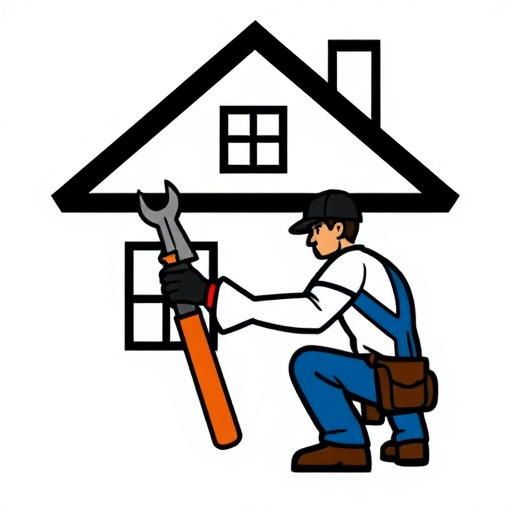Basement water accumulation is a common home repairs issue with serious structural and financial consequences. Caused by poor drainage, high water tables, rainfall, or clogged downspouts, it leads to mold growth, wood rot, metal corrosion, and weakened foundations. Sump pumps are essential for managing excess water and preventing these issues, especially in colder climates. Choosing the right sump pump based on basement size and average water depth is crucial, with capacities typically ranging from 1,000 to 7,000 gallons per hour (gph). Regular maintenance, including battery checks, part replacements, and pipe cleaning, ensures sustained efficiency. Professional sump pump installation services offer tailored solutions, industry best practices, and ongoing support, providing peace of mind for homeowners.
Basements are often overlooked when it comes to home repairs, but water accumulation can turn this space from a haven into a headache. Understanding the common causes, such as poor drainage and heavy rainfall, is the first step in addressing the issue effectively. Enter sump pumps—these powerful tools play a pivotal role in managing basement water by removing excess moisture, preventing damage, and ensuring a dry, comfortable living environment. This comprehensive guide covers everything from pump selection to installation and maintenance tips for optimal performance.
- Understanding Basement Water Accumulation: Common Causes and Effects
- The Role of Sump Pumps in Effective Water Management
- Choosing the Right Sump Pump for Your Home
- Step-by-Step Guide to Sump Pump Installation
- Maintenance Tips to Ensure Optimal Performance
- Benefits of Professional Sump Pump Installation Services
Understanding Basement Water Accumulation: Common Causes and Effects
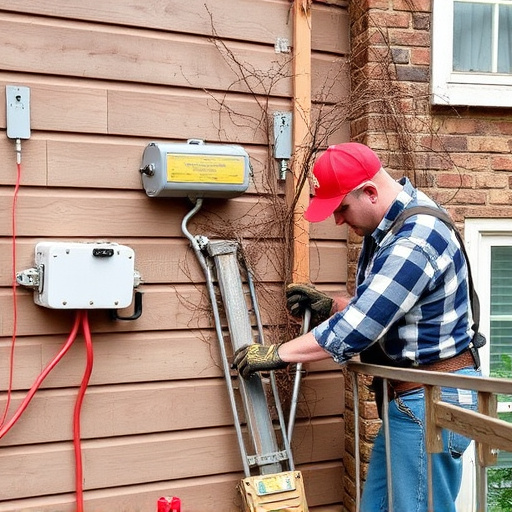
Basement water accumulation is a common home repairs issue that can have significant impacts on a property’s structure and value. Understanding the causes and effects is crucial in mitigating potential damage and maintaining a dry, safe living environment. Common causes include poor drainage around the foundation, high water tables, heavy rainfall, and broken or clogged downspouts. These factors can lead to seepage through cracks in the basement walls or floors, resulting in persistent moisture buildup.
The effects of prolonged water accumulation are multifaceted. It not only promotes mold and mildew growth, which can be hazardous to health, but also deteriorates building materials over time. This includes wood rot, corrosion of metal components, and weakened structural integrity. Moreover, excess water can cause electrical damage and create unsafe living conditions, particularly in colder climates where frozen pipes and heaving foundations become concerns.
The Role of Sump Pumps in Effective Water Management
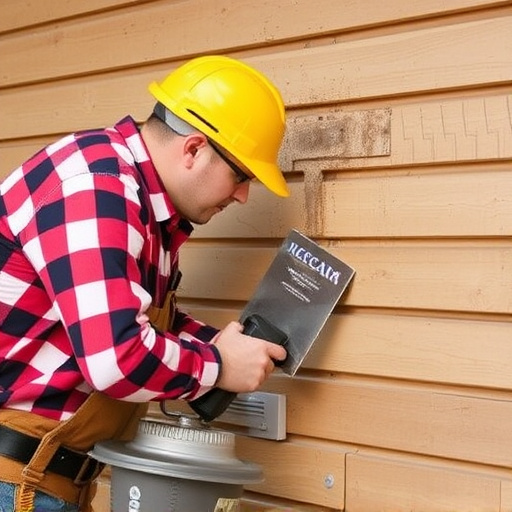
Sump pumps play a pivotal role in effective water management, especially for homeowners dealing with basement water accumulation. These powerful tools are designed to remove excess water from areas prone to flooding, such as basements and crawl spaces. By continuously monitoring and draining water, sump pumps prevent damage caused by moisture, including the growth of mold, corrosion of electrical systems, and structural instability.
During heavy rainfall or high humidity, sump pumps activate to discharge water from beneath the home’s foundation into a nearby drainage system or septic tank. This proactive approach to water management is crucial for maintaining a dry and comfortable living environment. For homeowners undertaking home repairs or considering basement finishing, installing a sump pump is a vital investment that ensures long-term protection against water-related issues.
Choosing the Right Sump Pump for Your Home

When it comes to protecting your home from basement water accumulation, choosing the right sump pump is crucial for effective home repairs. Consider factors like the size of your basement and the average water depth to select a pump with adequate capacity. Generally, pumps are categorized based on discharge rates, typically ranging from 1,000 gallons per hour (gph) to 7,000 gph or more.
Additionally, ensure the pump has a suitable depth of operation. Some pumps are designed for shallow pits, while others can handle deeper installations. Moreover, look for energy-efficient models that offer long-term savings and reduced environmental impact, aligning with modern home repairs trends.
Step-by-Step Guide to Sump Pump Installation
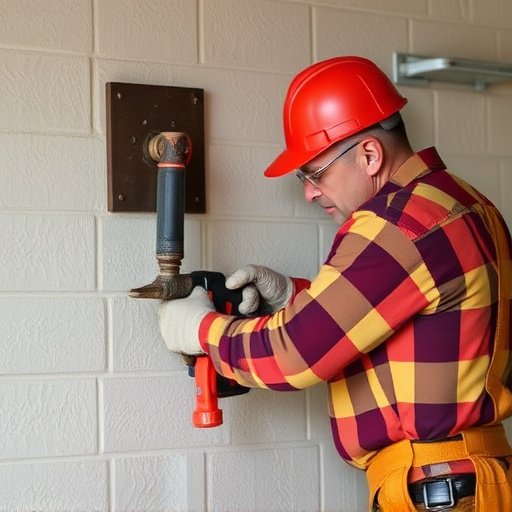
Installing a sump pump is a great solution for homeowners dealing with recurring basement water issues. Here’s a straightforward step-by-step guide to ensure a successful DIY installation, making it an effective part of your home repairs arsenal. Start by assessing your basement’s drainage and identifying the best location for the pump. Drill a hole at this spot, following manufacturer guidelines, to create a passageway for the sump pipe. Next, insert the sump pump, ensuring proper positioning. Connect the pump to the discharge pipe, allowing excess water to exit the basement efficiently. Test the system by turning it on and checking for any leaks or clogs. Regular maintenance, including cleaning the float switch and inspecting pipes, will guarantee optimal performance.
Maintenance Tips to Ensure Optimal Performance
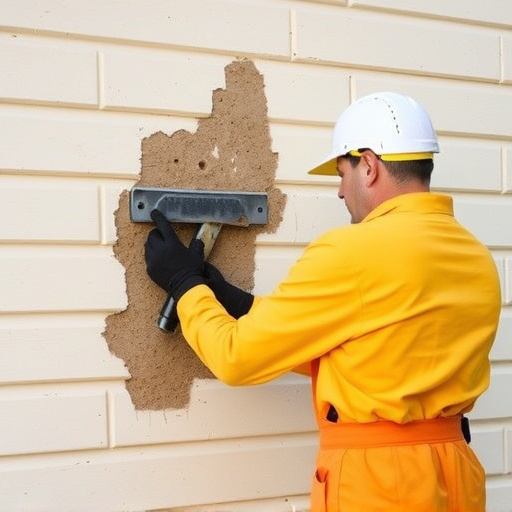
Regular maintenance is key to keeping your sump pump in top condition and ensuring it’s there when you need it most. Start by checking the battery regularly, especially if your pump is powered by a backup battery. Replace any worn-out parts, such as belts or switches, promptly to avoid unexpected failures. Keep an eye on the discharge pipe for clogs; a simple clearing can prevent major issues.
Don’t forget to inspect and clean the sump pit surrounding the pump. Debris and sediment buildup can hinder the pump’s ability to function optimally. Schedule professional inspections annually for a thorough assessment, especially if your home is in an area prone to flooding or has experienced previous basement water accumulation issues. Regular Home Repairs and maintenance will help extend the life of your sump pump and maintain its efficiency.
Benefits of Professional Sump Pump Installation Services

Professional sump pump installation services offer numerous advantages for homeowners looking to prevent basement water accumulation and mitigate potential damage. Experts in home repairs, these professionals ensure that your sump pump is correctly sized, installed, and tested to handle the specific water flow and drainage needs of your property. They employ specialized equipment and follow industry best practices, which can lead to better performance, increased longevity, and reduced maintenance requirements for your sump pump system.
Furthermore, professional installation services often include ongoing support and maintenance plans, providing peace of mind that your critical home repair system is in capable hands. This proactive approach helps avoid costly repairs or replacements down the line due to improper installation or lack of regular care. By entrusting these tasks to experts, homeowners can focus on enjoying their living spaces without worrying about potential water-related issues.
Sump pump installations are a crucial component of home repairs, offering effective solutions for basement water accumulation. By understanding the common causes and effects, choosing the right pump, and maintaining optimal performance, homeowners can safeguard their properties from potential damage. Professional installation services not only ensure precision but also provide long-term benefits, making sump pumps an indispensable investment in any homeowner’s arsenal for managing water-related issues.
